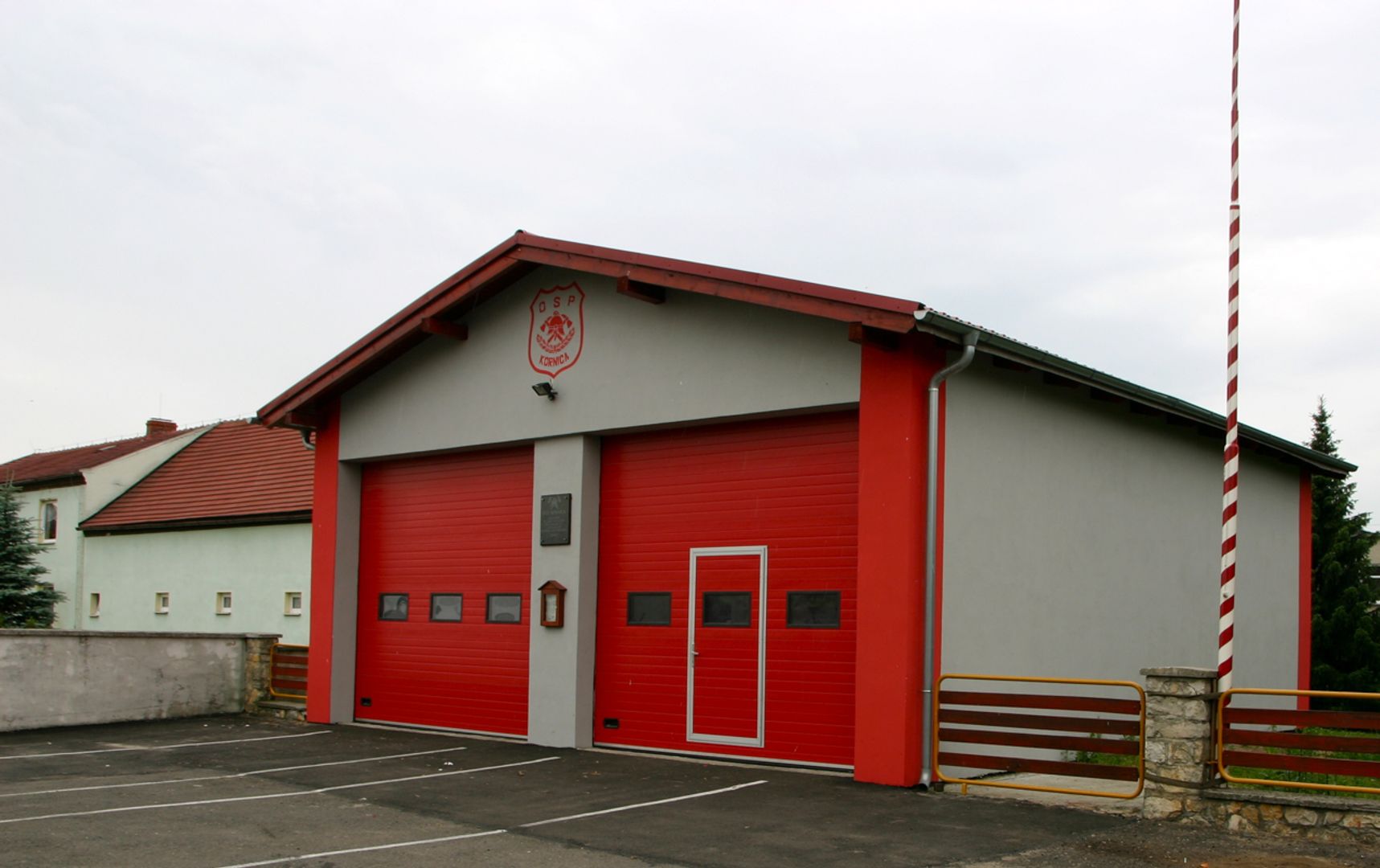Kórnica
6.61

Overview
Kórnica, a village in the Opole Voivodeship, historically belongs to Upper Silesia. Located in the Racibórz Valley, it had a population of 635 in 2022, with residents primarily speaking the Prudnik dialect. Its name derives from the Polish word "kura" (hen), suggesting a connection to poultry farming. The village was first mentioned in a document from 1323. Between 1794 and 1795, the Church of St. Fabian and St. Sebastian was built, which is the main architectural monument of the village and is listed in the register of historical landmarks. Kórnica also features a granary from 1795, as well as numerous chapels and crosses that reflect local traditions.
Kórnica has undergone various administrative changes throughout history, having been part of the Habsburg Monarchy, the Kingdom of Prussia, and Poland. After World War II, the village became part of Poland, and its residents had to grapple with a history of conflict and identity transformation. Interestingly, in the 1920s, a monument was erected in Kórnica to commemorate the villagers who died in World War I. After the war, the Kórnica Uprising took place, where the local population resisted Polish authorities.
The village's culture is enriched by the activities of the German Friendship Circle and the Rural Women's Circle, as well as the Museum of Rural Tradition. Kórnica lies on a tourist route and is known for its local traditions, attracting tourists and history enthusiasts. Safety in the village is ensured by the Volunteer Fire Department, as well as the presence of police and Border Guard units, which is important due to its location in a border area. Thus, the village is not only a place with a rich history but also a vibrant center of local culture and community activity.
Location
City
Głogówek Deanery
Tertiary Administrative Division
Krapkowice
County
Krapkowice County
State
Opolskie Voivodeship
Country
2025 Wizytor | All Rights Reserved